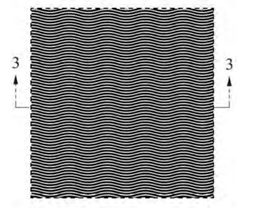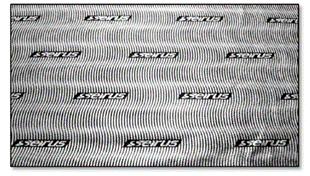The US Patent & Trademark Office (PTO) published its final rule, creating a separate design patent bar where admitted design patent practitioners will practice in design patent proceedings only. (88 Fed. Reg. 78644 (Nov. 16, 2023).)
Prior to this rulemaking, there was a single patent bar for those who practice in patent matters before the PTO, including in utility, plant and design patent proceedings. PTO regulations previously required that all patent bar practitioners pass a registration exam and possess specific and stringent scientific and technical qualifications, such as an engineering degree or substantial course work in physics, biology, chemistry or the like.
The new rule creates a separate design patent bar that still requires members to pass the current registration exam but permits applicants to have a bachelor’s degree, master’s degree or PhD in any of the following areas from an accredited college or university:
- Industrial design
- Product design
- Architecture
- Applied arts
- Graphic design
- Fine/studio arts
- Art teacher education.
The new rules expanding the patent bar admission criteria are intended to encourage broader participation and to keep up with the ever-evolving technology and related teachings that qualify someone to practice before the PTO. Practitioners currently admitted before the PTO will not be impacted by the change and can continue to prosecute utility, plant and design patents.
The rule will take effect on January 2, 2024.
read more

 Subscribe
Subscribe




